SEARCH






|
|
|
|


by Editor Miro Susta
Published by Head Editor Yvette Depaepe, the 3rd of September 2021
All cats are gray at night, as the proverb says. But that doesn't apply to a camera. With a long exposure time, it can create colourful images even in the darkest environment.

'Bay Bridge San Francisco' by C.S. Tjandra
However, anyone who tackles the subject of night photography should be aware that patience as well as perseverance are prerequisites for convincing pictures.
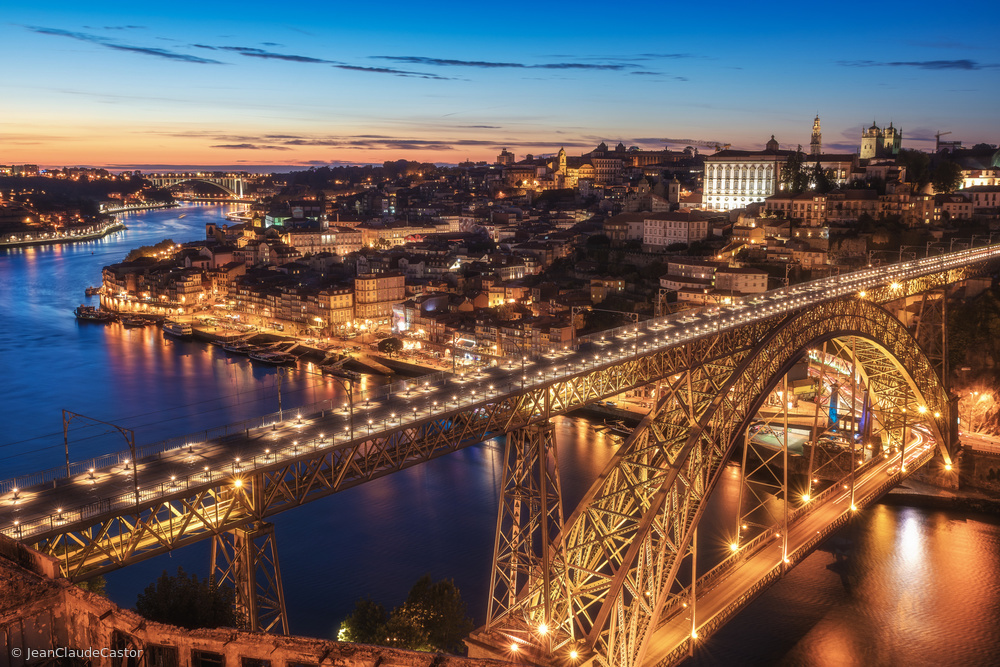
'Portugal – Porto Blue Hour' by Jean Claude Castor
On clear nights, the sky gradually changes its colour from light, medium, and dark blue to deep black, perfect for capturing stunning night scapes.
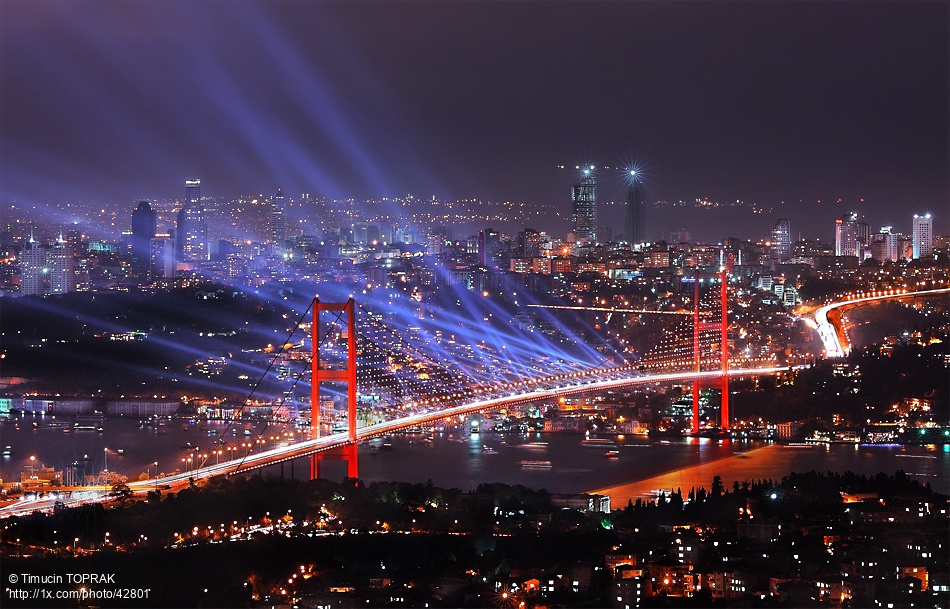
'Dancer in the Lights' by Timucin TOPRAK
On the other hand, if the sky is overcast, it can appear in all imaginable colours in night photos, depending on which artificial lights the cloud canopy will reflect.
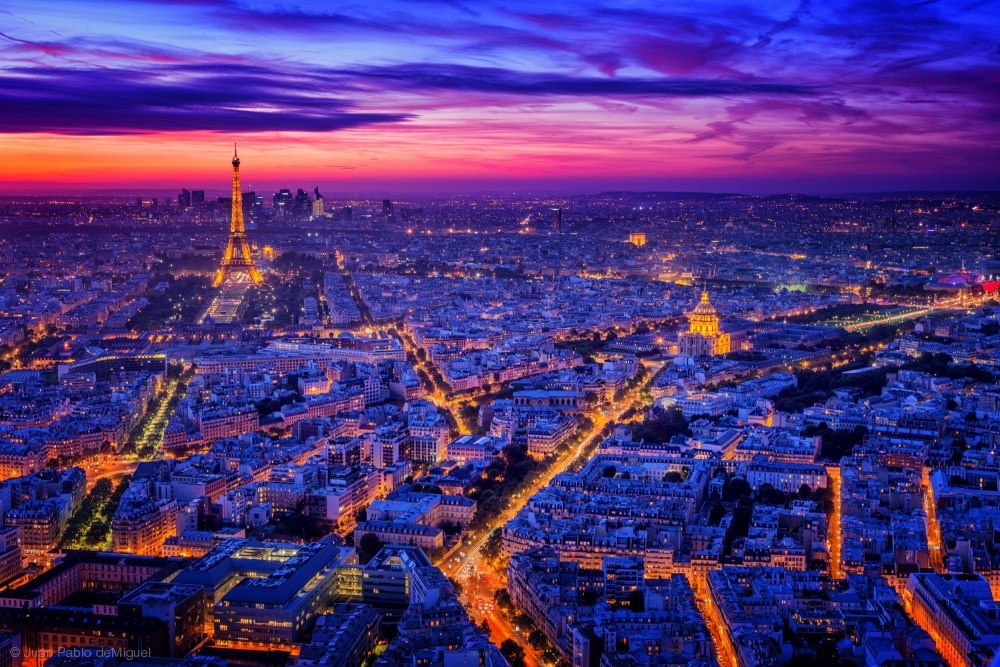
'Paris I' by Juan Pablo deMiguel
Whether working with long exposure times or just preferring to use the possibilities of Available-Light-Photography, night photography is particularly suitable for overcoming the possibilities of natural vision and thereby achieving unusual shots.
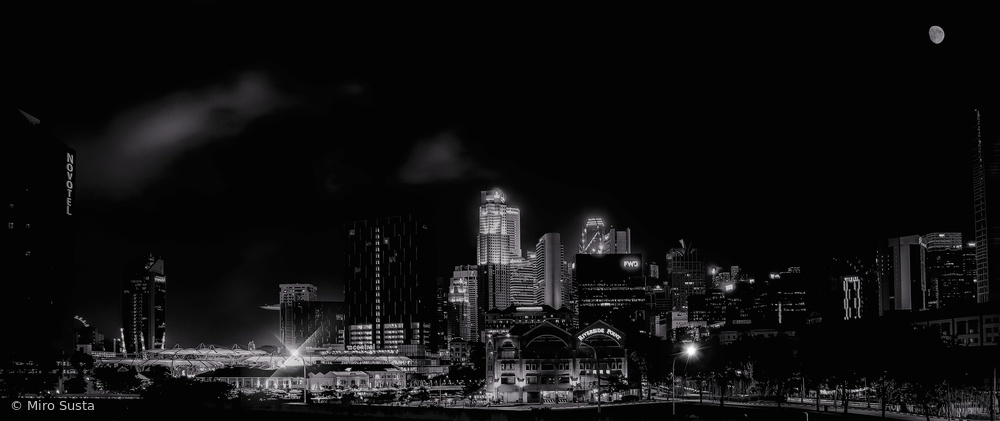
'City in the Night' by Miro Susta
But at this point we have to say that taking photos at night is also a contemplative experience.
In this article I present some basic tips for night photography in cities, accompanied by selected images from the 1x photo gallery.
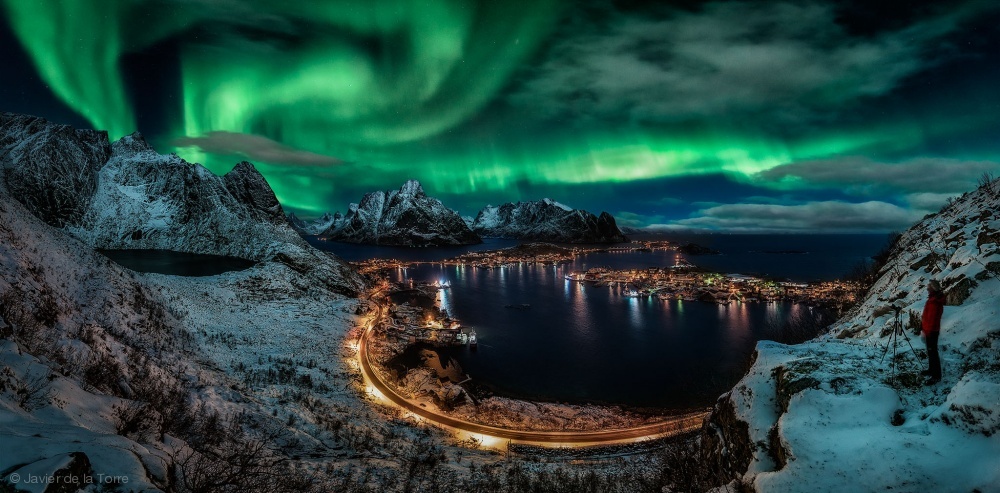
'Chasing the Northern Lights' by Javier de la Torre
IN THE DAWN
Everyone knows the blue hour, the period between sunset and the last glimmer of daylight before it gets dark. In the morning, the blue hour ends with the rising of the sun.
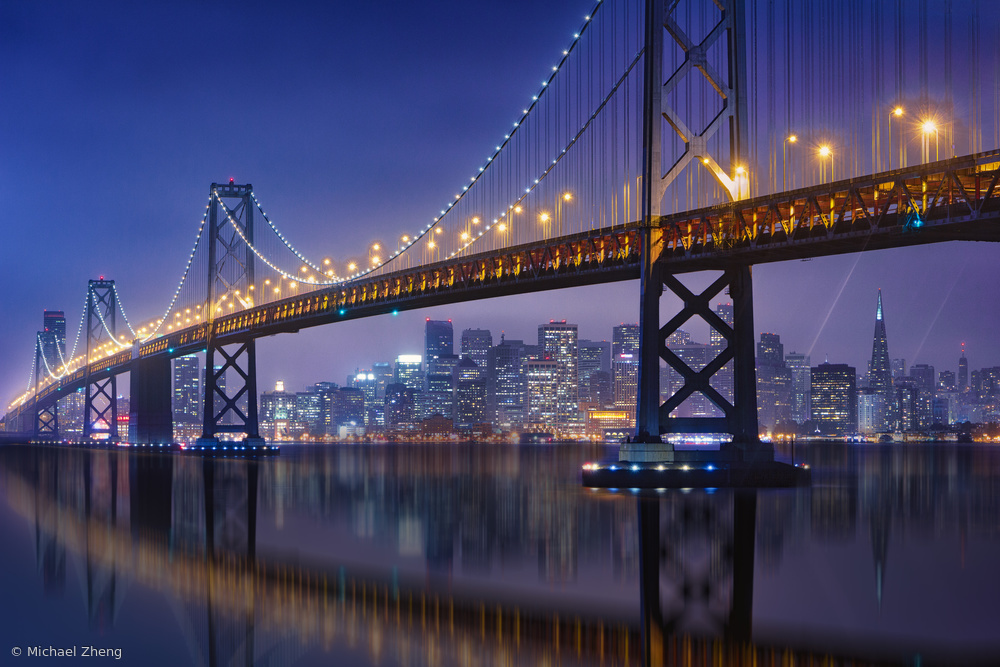
'Urban illusion: The Bay Bridge' by Michael Zheng
On a clear day, the blue hour provides a cool, deep blue sky that gives photos an interesting tonality.
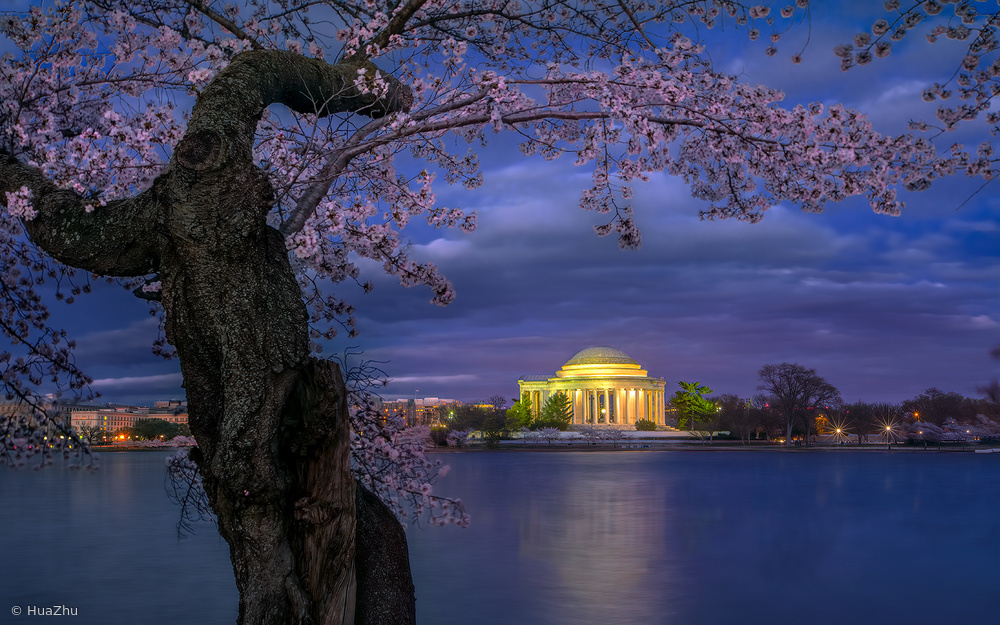
'Cherry blossoms around Jefferson' by Hua Zhu
In the dusk very beautiful mixed light situations occur when the motif includes artificial light sources.
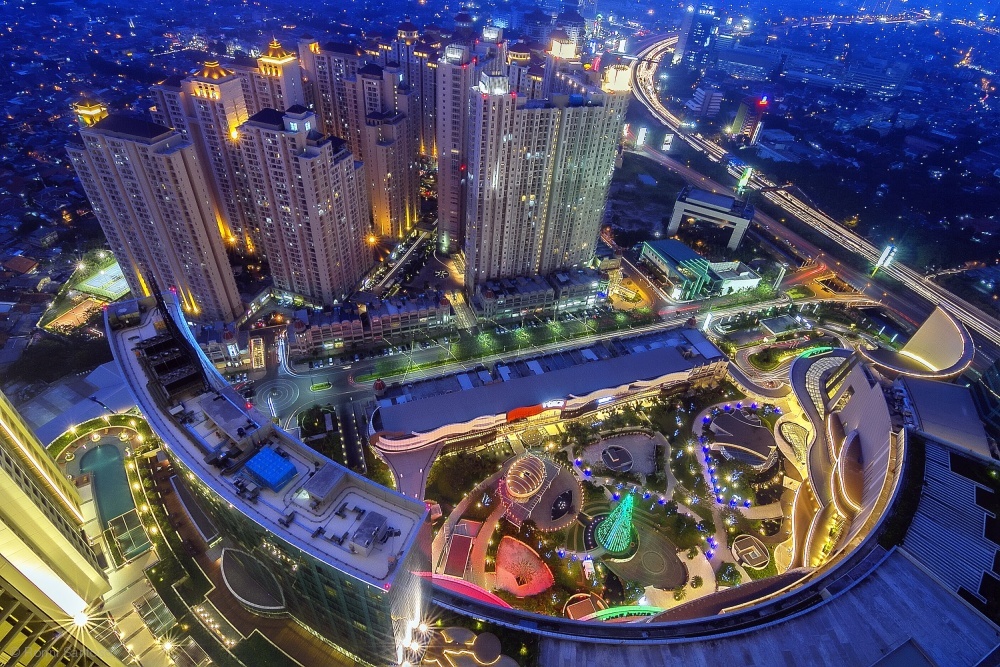
'Blue Hour at Central Park' by Ronni Santoso
THE DARK NIGHT
After dawn, the night offers a variety of appealing subjects and light sources that can be used.
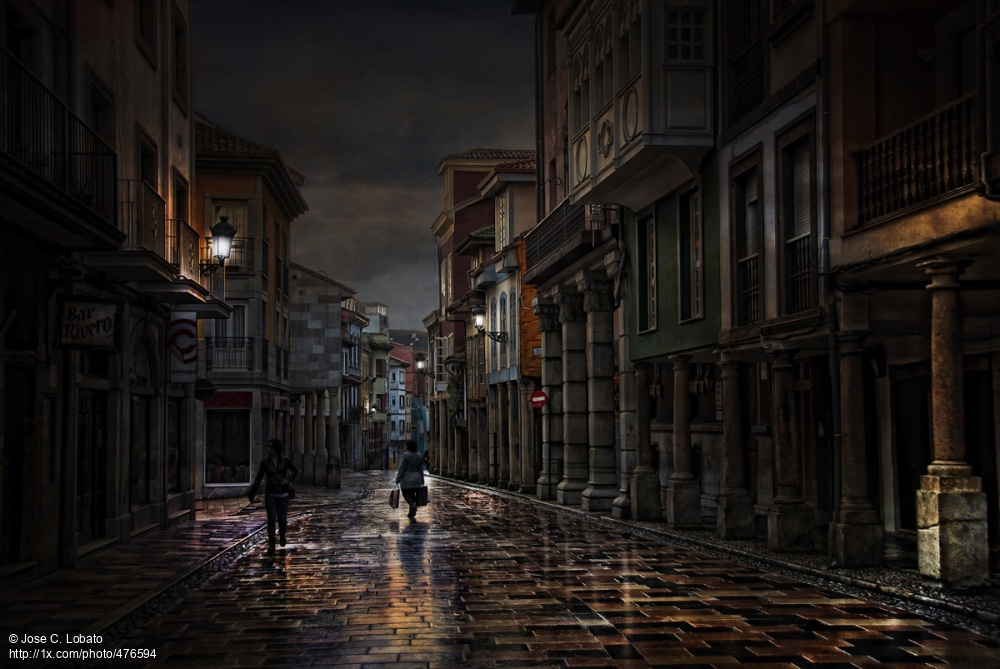 'Rivero' by Jose C. Lobato
'Rivero' by Jose C. Lobato
But night photos don't always have to be filled with the glamour of city lights. It's also worth trying dark, eerie scenes with less light.
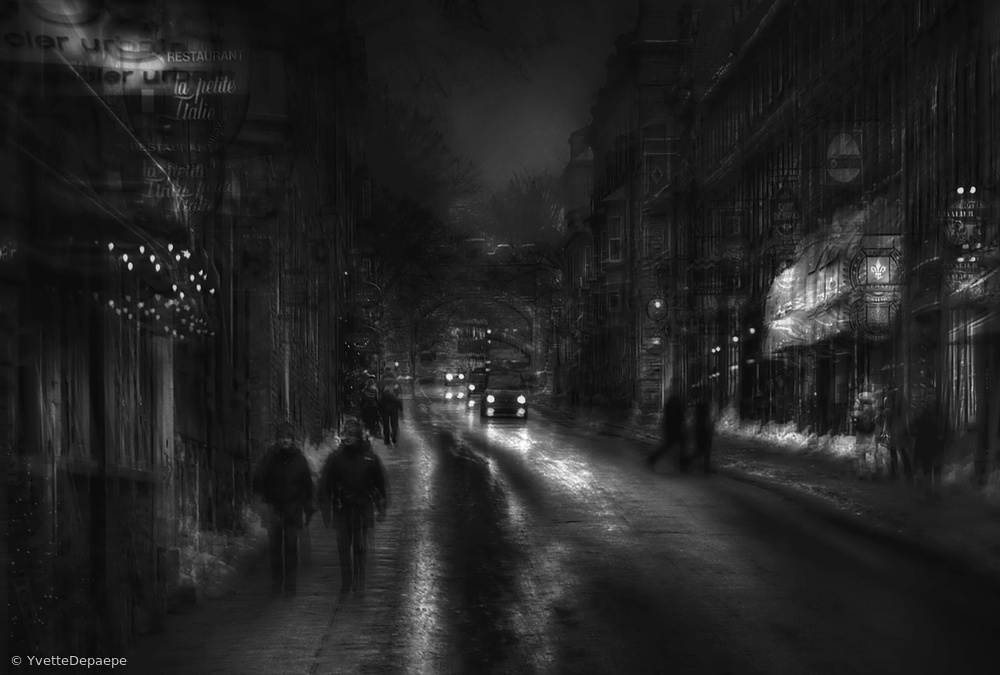
'In the teeth of cold winds' by Yvette Depaepe
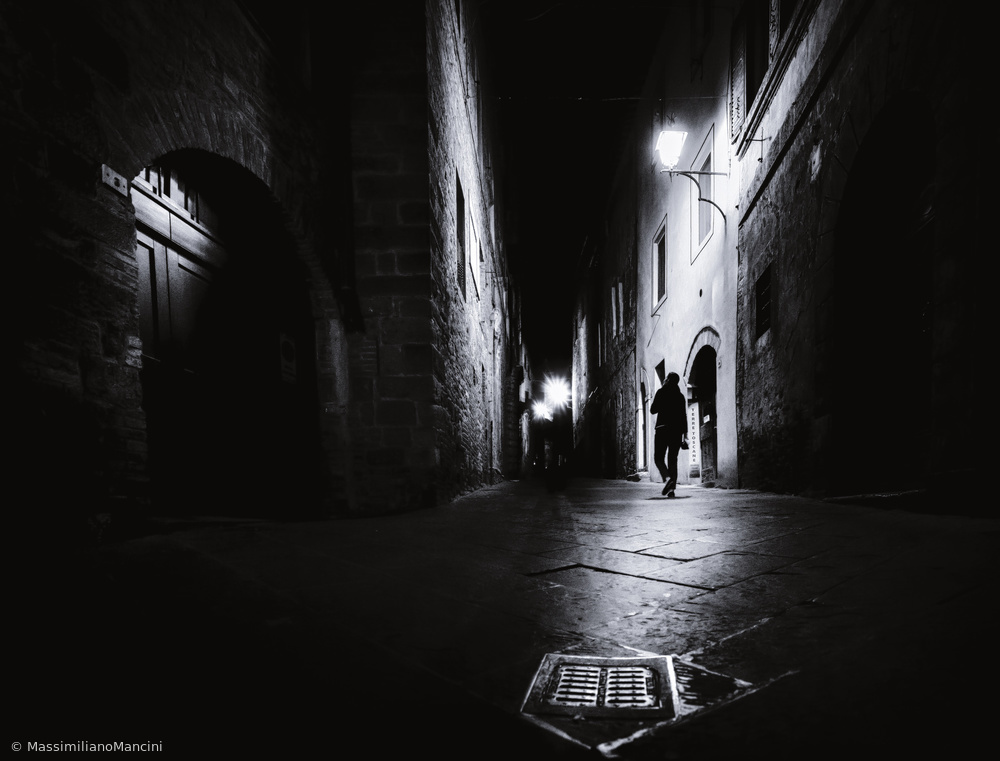
'Lost' by Massimiliano Mancini
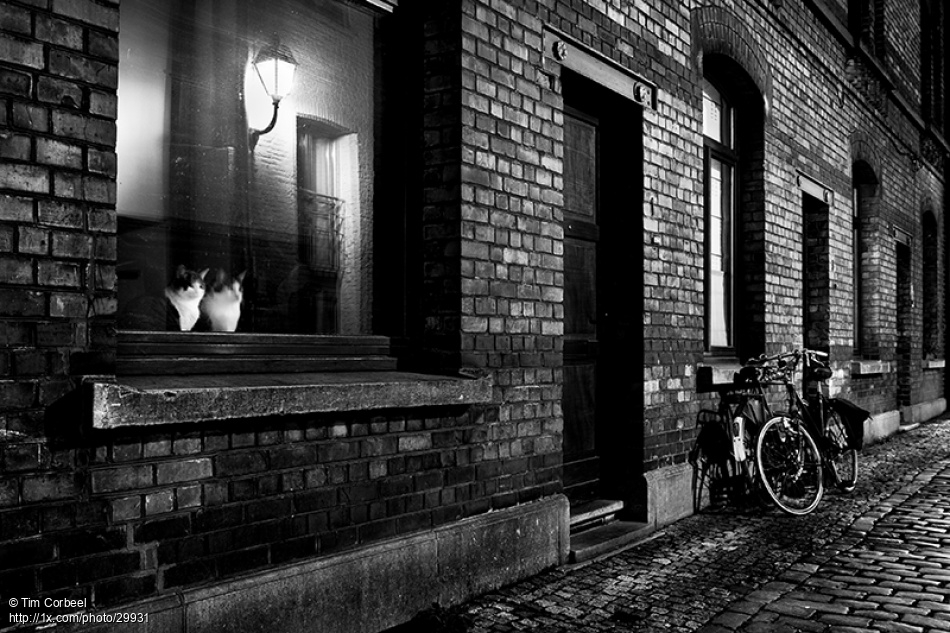
'Night watch' by Tim Corbeel
LIGHT EFFECTS
In night photography, it is possible to take advantage of a variety of available light effects.
For example, reflections of multi-coloured lights in glass and water surfaces or where the clouds are reflecting the colourful light scenery of a city.
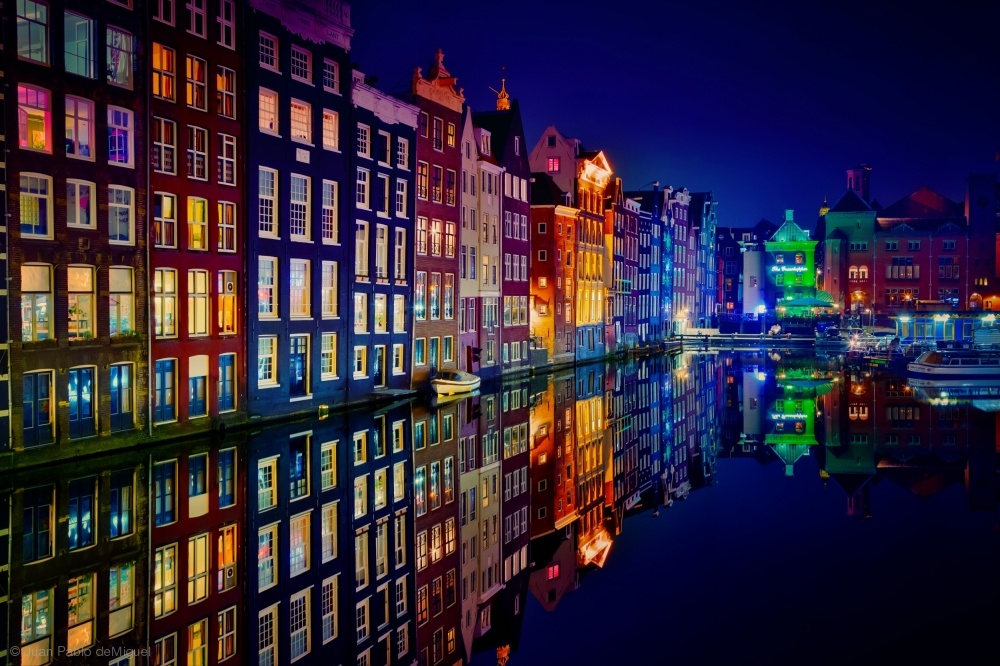
'Amsterdam' by Juan Pablo deMiguel

'Dublin-Samuel Beckett Bridge' by Jean Claude Castor
Very interesting pictures can be taken when the light sources themselves become the motif. Light sources glow like little stars in the picture by closing the aperture as far as possible.
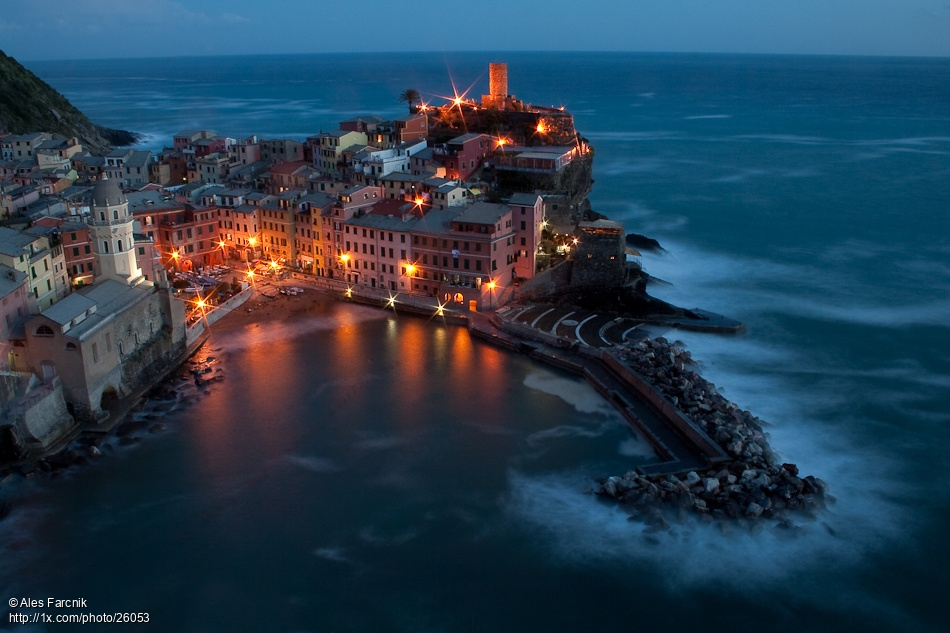 'Vernazza' by Ales Farcnik
'Vernazza' by Ales Farcnik
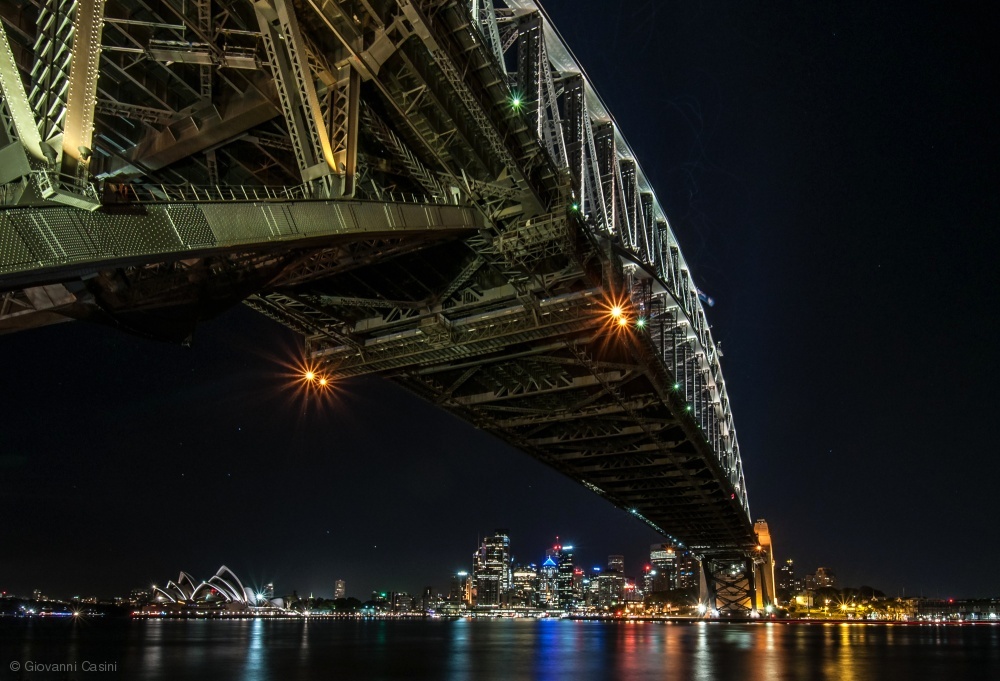
'Sydney harbour' by Giovanni Casini
And finally, remember moving light sources. Moving vehicle lights can be recorded as light trails by using long exposure times.
These can add dynamics to a photograph or can become the primary subject of the photograph.
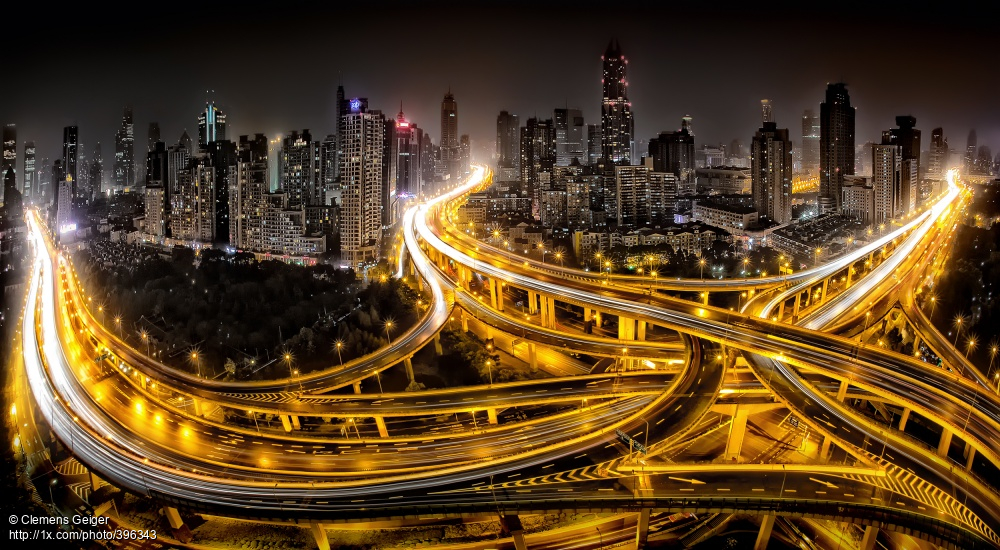 'Shanghai at Night' by Clemens Geiger
'Shanghai at Night' by Clemens Geiger
Multicoloured illuminated fairgrounds or also celebrative fireworks are also wonderful photo motifs at the night.
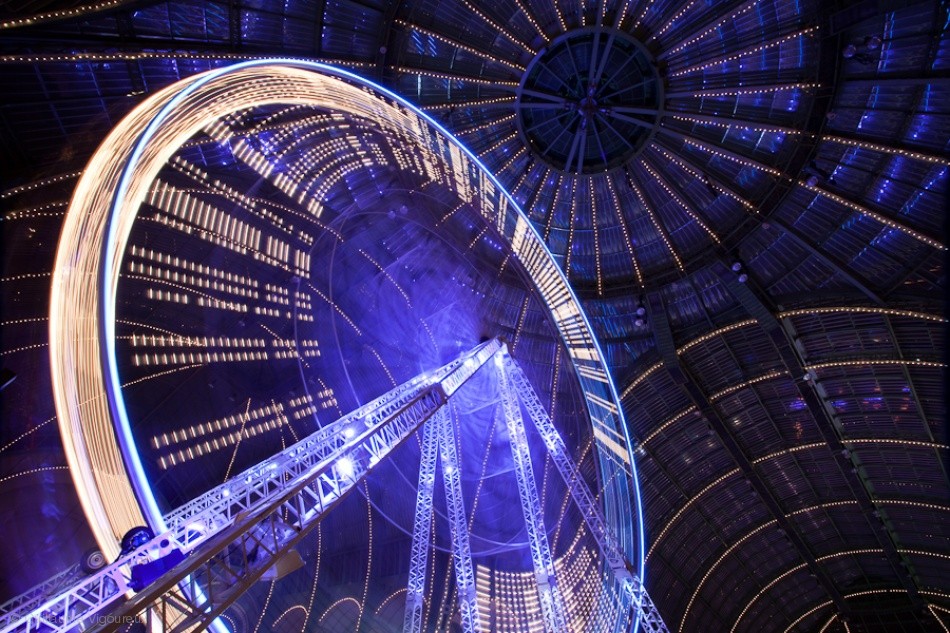
'Wheeeeeeeel!' by Guillaume Vigoureux
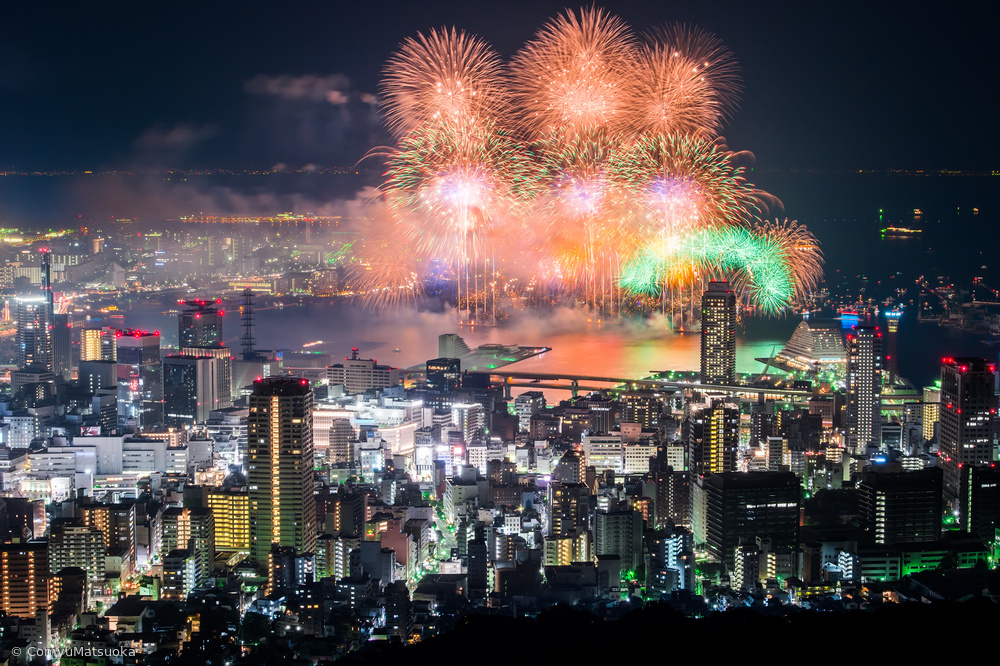
'COLOR BOMB' by Comyu Matsuoka
SHOOTING TECHNIQUE
Higher ISO values are recommendable, but the higher the ISO value, the more unwanted noise becomes noticeable due to the signal amplification.
Perfectly well suited are cameras that allow setting a high ISO value (at least above 1500) with as little noise as possible.
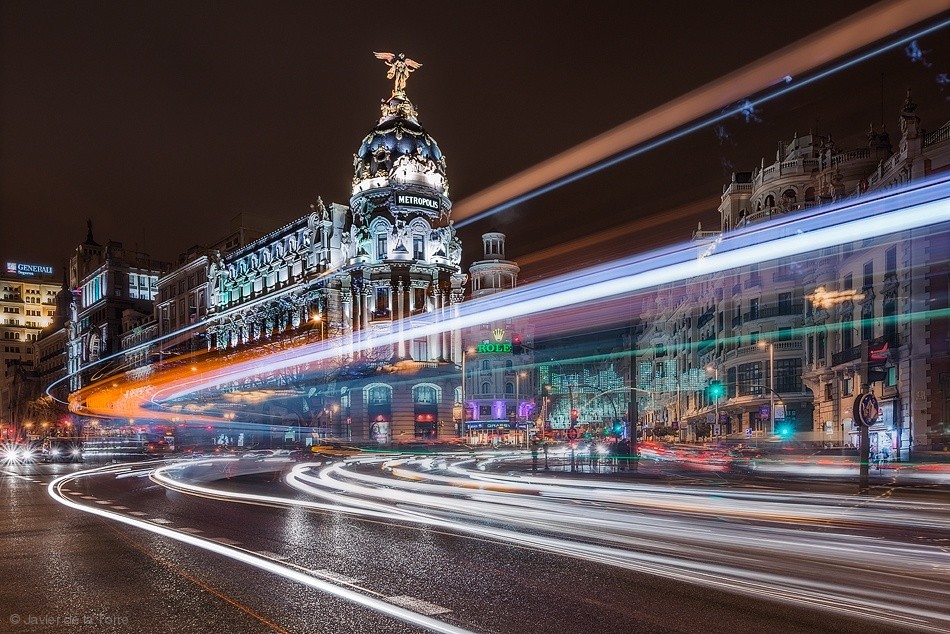
'Madrid Traffic' by Javier de la Torre
High ISO values of at least 2400 or 3200 at 1.8 or 1.4 apertures and, if the camera allows it, even up to 8000 ISO are not exceptional.
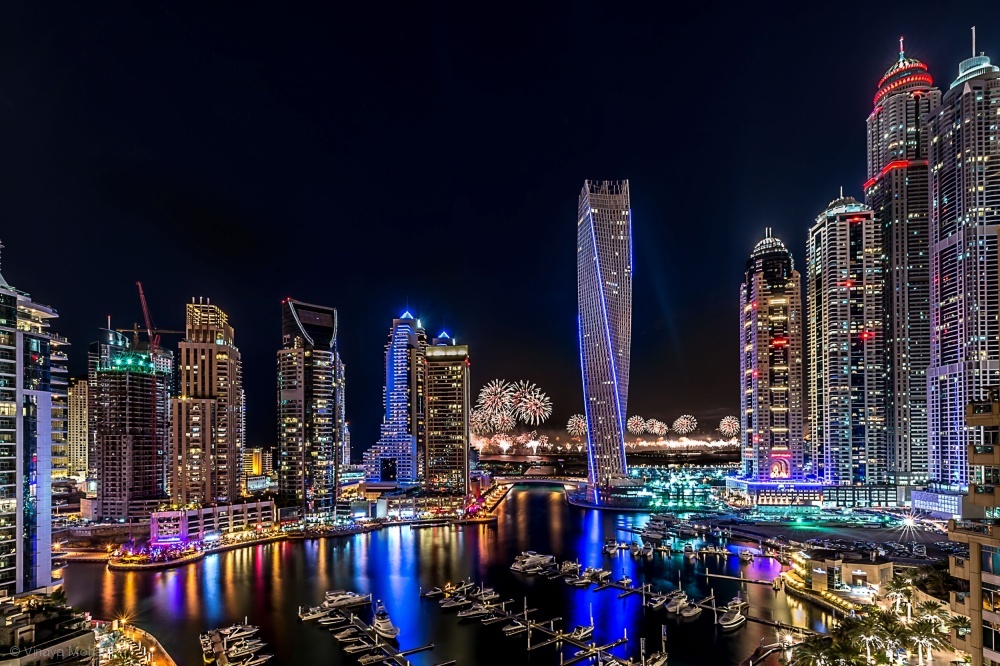
'Happy New Year Dubai' by Vinaya Mohan
It is recommendable to adjust the white balance manually. There are no rules for this, it depends on what mood the photo should express. It depends on whether a cooler or warmer tone is desired usually from 3000 Kelvin on the cooler side up to about 8000 Kelvin on the warmer side.
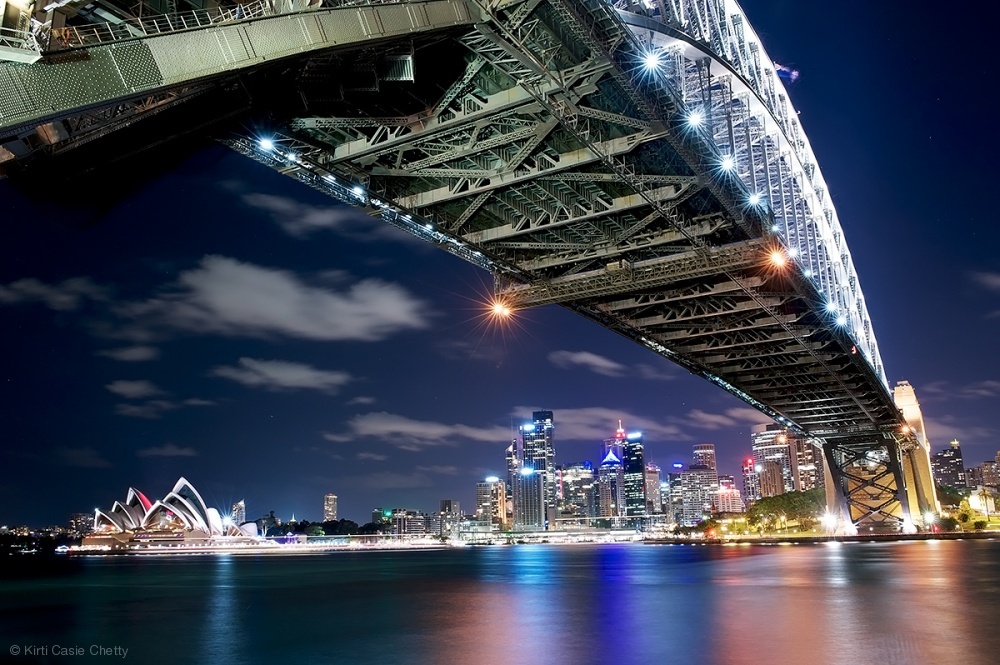
'Sydney Harbour Bridge' by Kirti Casie Chetty
It is very important to take pictures at night in raw mode, this allows to adjust the white balance in the image processing to a certain degree.
Quick checklist for night photography
Use tripod and self-timer or remote shutter release
Switch off camera and lens stabilizers
Set ISO value according to the situation and keep the aperture rather closed
Observe histogram (light and dark values)
Tend to use smaller focal lengths and a avoid tele lens
In case of focus problems zoom in in the live view and focus manually
Use manual white balance
Don't forget a flash light to brighten up the foreground if necessary
Night photography is an excellent way to overcome the limits of natural vision and to create exceptional photographs.
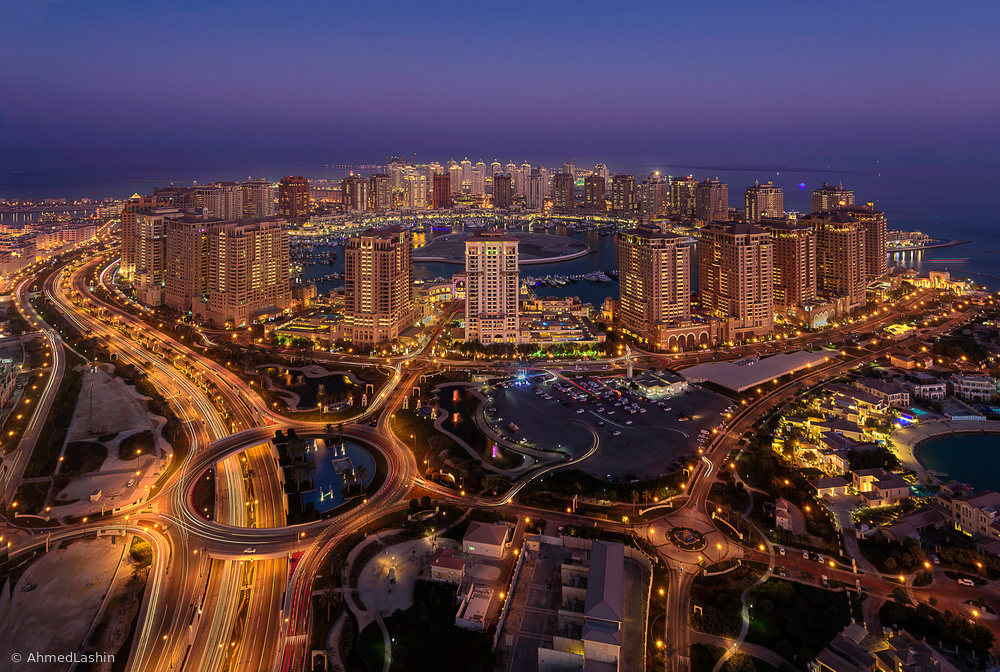
'The Arabian Pearl..' by Ahmed Lashin
In the end, the combination of aperture setting and exposure time is the secret to taking amazing night scenes.
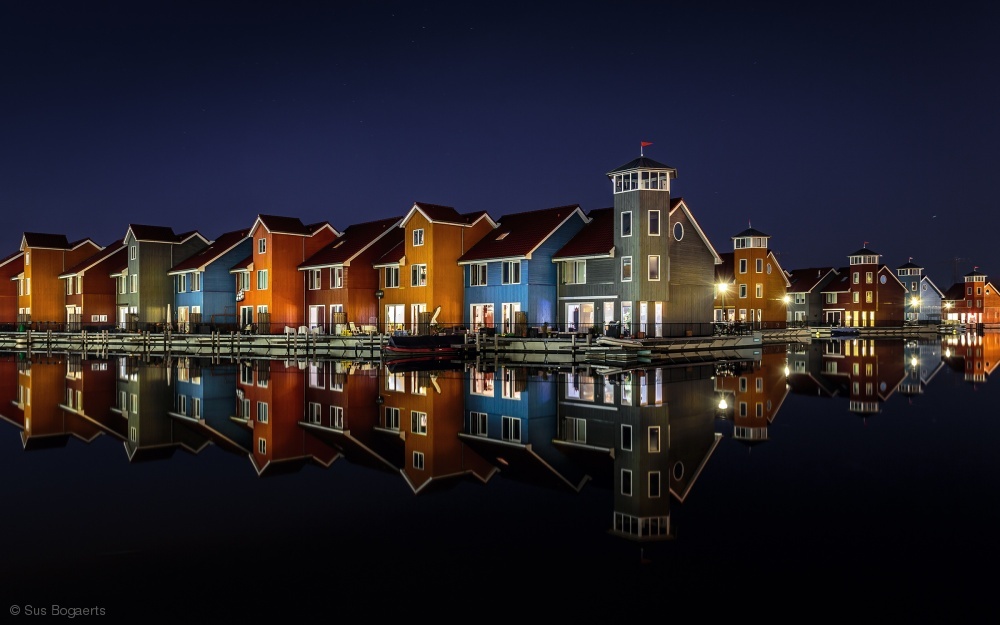
'Almost night' by Sus Bogaerts
However, the right choice of combination always depends on the individual situation and one's own taste regarding the motif.
www.mrsphoto.net
[email protected]
 | Write |
 | Elisabeth van Helden PRO Thank you! |